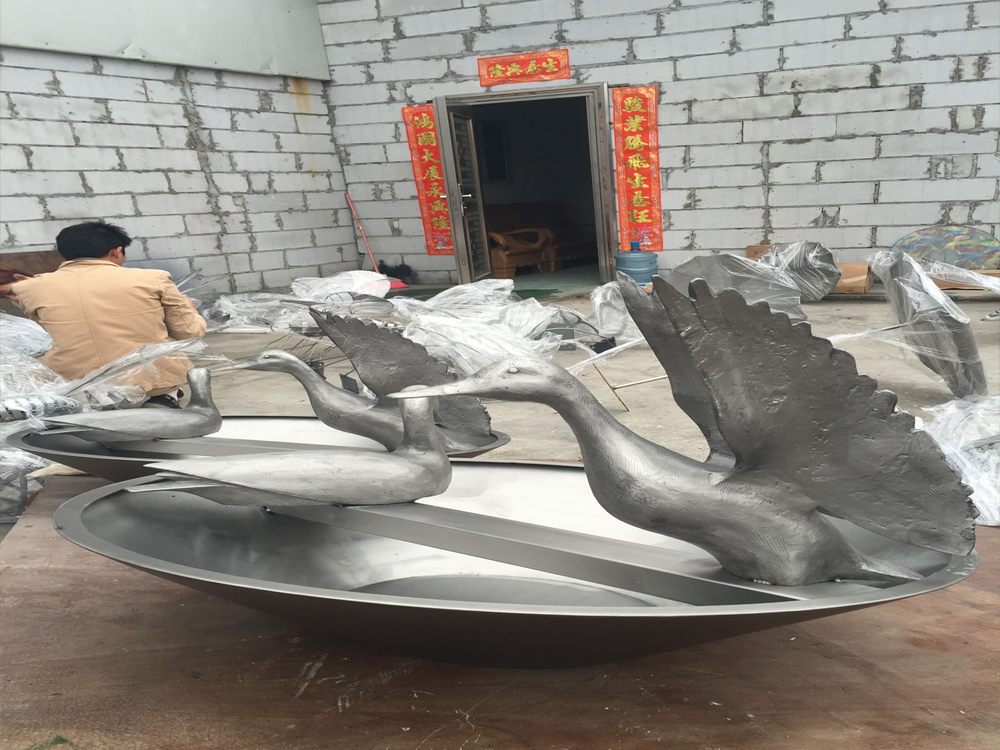
Creating kinetic stone sculptures presents a unique set of challenges that test both an artist's technical skill and creative vision. Unlike static sculptures, these dynamic pieces must account for movement while maintaining structural integrity—a delicate balance few materials handle as poorly as stone.
The primary obstacle lies in stone's natural properties. As a dense, brittle material, it resists the thin, lightweight forms needed for smooth motion. Sculptors must carefully calculate weight distribution to prevent fractures while allowing pieces to sway or rotate. This often requires months of precise carving and testing, where a single misjudged chisel strike can ruin months of work.
Environmental factors compound these difficulties. Temperature changes affect stone's expansion and contraction, potentially altering carefully calibrated movement. Outdoor installations face additional weathering concerns, requiring special treatments that mustn't interfere with motion mechanisms.
Perhaps most challenging is achieving artistic expression within these constraints. The sculptor must envision how flowing forms will interact when set in motion—a four-dimensional design problem where aesthetics, physics, and material science intersect. Successful pieces transform stone's inherent heaviness into apparent weightlessness, creating a magical contradiction that defines the genre's appeal.
These demanding requirements explain why few artists attempt kinetic stone works, and even fewer master them. Each piece represents a small miracle of engineering and artistry, where nature's most enduring material learns to dance.

